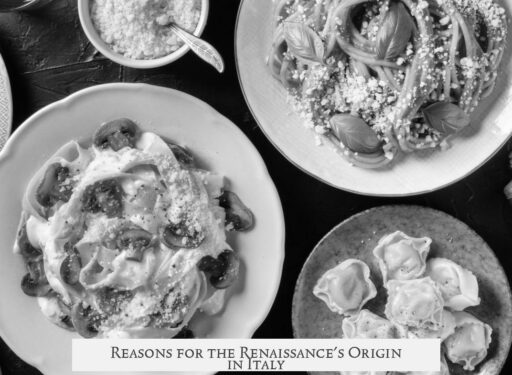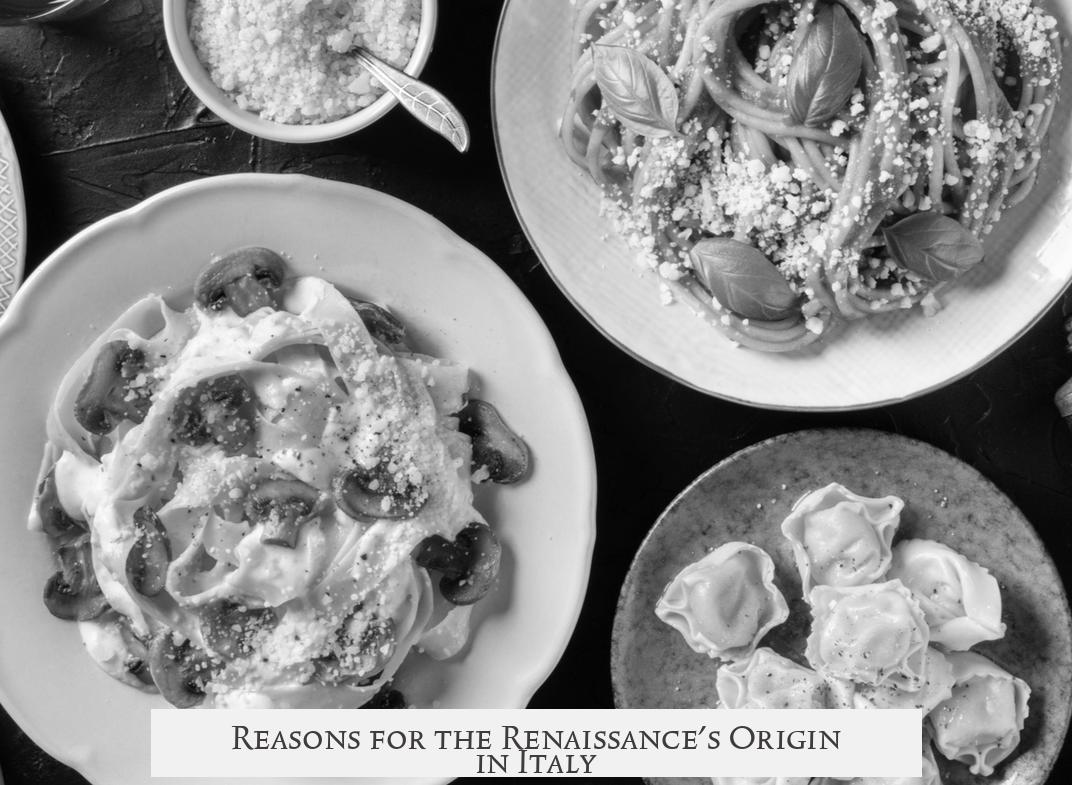The Renaissance started in Italy due to a unique combination of economic, political, intellectual, and cultural factors that were not present elsewhere in Europe at the time.
Italy had been a central economic hub since the Roman Empire, maintaining strong trade connections through the Middle Ages. This wealth provided the means for upper classes to support the arts. By the late 14th to early 15th century, Italy experienced relative political stability. Fighting among city-states lessened, allowing elites to fund artists, architects, and writers, fueling a creative boom.
Another crucial factor involved intellectual exchange. Italy became a gateway for knowledge from the Arab world, which had preserved and expanded upon classical Greek and Roman texts. These works re-entered Europe through Italian cities, influencing scholars and artists alike. This intellectual foundation helped spark curiosity and innovation, key ingredients of the Renaissance spirit.
Italian artists and writers themselves saw their work as a rebirth of classical excellence. The term “Renaissance” was coined by Giorgio Vasari, an Italian artist and historian, who celebrated this cultural revival. This self-perception highlights how Italians embraced their role as leaders in art and learning.
Several theories attempt to explain the Renaissance’s origin. The Black Plague’s impact on population and wages, or the Fall of Constantinople pushing Byzantine scholars westward, are commonly cited. However, no single cause fully explains the event. Italy’s unique convergence of factors made the Renaissance possible there and almost nowhere else.
Renaissance ideas spread from Italy across Europe. Scholars traveled to Italy, absorbing new thinking, then carried it back home. Northern Europe experienced its own Renaissance later, benefiting from economic growth tied to Atlantic trade. This diffusion shows how Italy acted as a cultural catalyst.
| Key Factors | Impact |
|---|---|
| Economic Prosperity | Funded art and scholarship in wealthy city-states |
| Political Stability | Allowed patronage by elites and reduced conflict |
| Access to Classical Knowledge | Revived ancient Greek and Roman ideas |
| Italian Cultural Identity | Artists and thinkers celebrated renewal as “Renaissance” |
- Italy’s economic and political context provided resources and peace for creative growth.
- Transmission of classical texts from Arab sources enriched Italian scholarship.
- Italian artists and intellectuals actively shaped Renaissance identity.
- The Renaissance’s origins are multi-causal and tied to Italy’s unique position.
- Ideas spread beyond Italy, influencing Europe’s cultural revival.
Why was Italy politically stable when the Renaissance began?
By the late 14th and early 15th centuries, fighting between Italian city-states lessened. This peace allowed the wealthy classes to support artists and thinkers. Patronage from these upper classes played a big role in fostering artistic growth.
How did Italy’s economy support the Renaissance?
Italy had been Europe’s economic hub since Roman times. Wealth from trade and banking gave elites the means to fund art and learning. Economic strength laid a firm foundation for the cultural revival.
What intellectual influences helped spark the Renaissance in Italy?
Italian scholars accessed Arab texts since the 11th century. These works introduced new knowledge in science and philosophy. The flow of ideas encouraged innovation in Italy more than anywhere else.
Did any specific events cause the Renaissance to start in Italy?
Many theories try to explain this. The Black Plague and its effect on wages is one popular idea. Others point to the fall of Constantinople. Yet, no single event fully explains the start of the Renaissance in Italy.
How did Renaissance ideas spread beyond Italy?
Scholars from all over Europe visited Italy and learned about Renaissance thought. They took these ideas back to their home countries. This exchange helped the Renaissance influence other regions, including Northern Europe.


